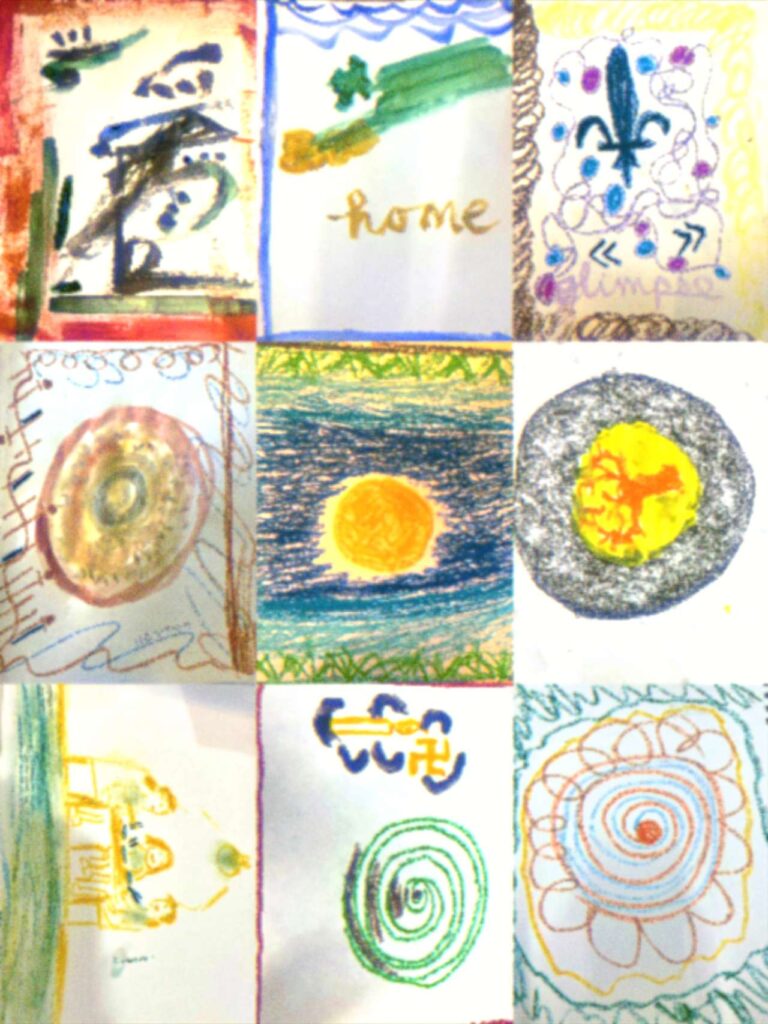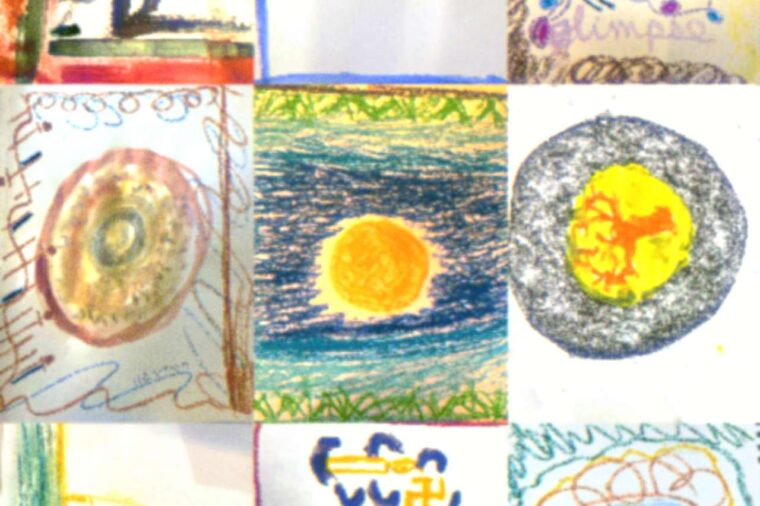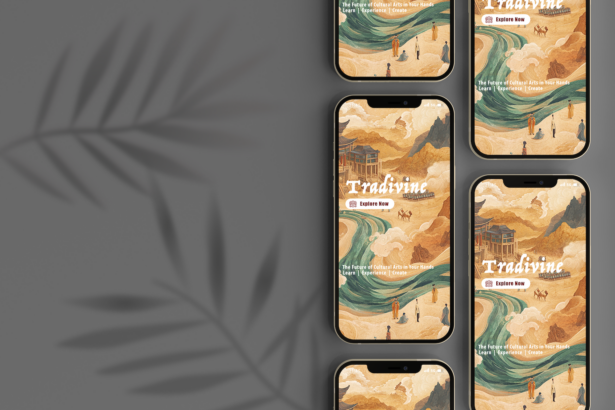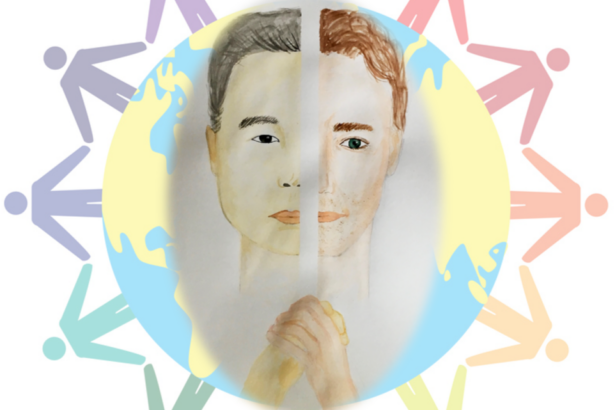Inspirations:
During college, I constructed a conceptual art piece with the belief that artistic expression is not limited to those with formal training. The project was an interactive art piece: I wrote step-by-step instructions for participants to visualize a cup-based representation of themselves. I asked people to stack the cups with their personal information, such as their height, birthday, the number of cities they traveled to, or the number of years they stayed in school. Each stuck of cups are personalized portrait and reflection of each participant’s individual journey. In terms of design, I modeled the cup shape and chose the materials and colors to add my personal marks for the project. The inherent idea is that art can manifest in the simplest of forms. This project received many positive comments from my participants and everyone enjoyed the process. So I want to develop another art project with similar ideas in HGSE. This time I am inspired by the topic in my bilingual education class and I hope to target culture and language as the core of my design.
Introductions
Welcome to an art activity inviting you to think about cultural, art, and language concepts. I am inspired by the principles of conceptual art, which places emphasis on the idea behind the artwork, and considers the process of making art is more significant than the final art product.
In the spirit of artists like Sol LeWitt, who simply present his written instruction itself as the art piece, I will ask you to follow my instructions to create your own art piece. The idea is that anyone, regardless of their artistic background, can immerse themselves in the world of creativity. We celebrate the beauty found in the creation process, where each stroke and choice reflects a personal exploration of culture and language.
As you engage, consider it as a form of self-discovery and connection with your experiences. This activity is an open invitation for everyone to participate and contribute their unique perspectives to the evolving narrative of our shared cultural identity. So, let’s begin!
Scaffold: showcases art mediums of how to use it if the person has no experience.
Instructions:
- Choose an art medium (e.g., watercolor, pastels, acrylic, charcoal, color pen)
- Pick a color (no more than two) that represents the place you consider home (Culturally, physically…)
- Trace the outer frame of your drawing by using the color and medium you choose (how you define your broader)
- Now you have your broad. Think about your culture, your experiences, and the language you speak.
- Think about a personal symbol or motif (no more than two) from your culture or language that holds special meaning for you.
- Pick a color (no more than two) that represents your personal connection/feeling/emotions to your culture or the language you speak.
- You can choose the same or change to another art medium(e.g., watercolor, pastels, acrylic, charcoal…) that best symbolizes your meaning. Visualize your chosen symbol, color, and art medium. Remember, you can do representation and/or abstraction, big or small, multiple or one.
Tip: A symbol is a concrete object, image, character, or concept that stands for or represents an abstract idea or a deeper meaning. A motif is a recurring element, theme, or pattern in a work of art.
Tip: watercolor and ink represent the fluidity of identity; charcoal depicts the flexibility and adaptability of culture for its erasability; oil colors have rich and deep colors, offering a sense of permanence and durability.
- Step back and take a look at your art creation. Reflect on the process. Come up with one word/phrase and visualize your chosen word. You can use any art medium.
Showcase of works

Conclusion
My LDIT project is an individual-oriented process art about culture and language. I wrote step-by-step instructions for participants to visualize their cultural and language journey. It is a form of self-discovery and connection with people’s own experiences. The inherent idea is that art can manifest in the simplest of forms. More importantly, artistic expression is not limited to those with formal training. Art can express one’s cultural heritage, experiences, feelings, perceptions, and a lot more. For example, one of my questions was asking participants to pick up colors that represent their emotions about their culture and the languages they speak. It prompts my audience to reflect on the sentiments of their cultural journey. This project received many positive comments from my participants and everyone enjoyed the process. One of my participants describes the process as “fun of doing and deep meaning in nature”.
However, the process of creating this project was not easy. At first, I was thinking of developing a lesson plan for international high school students to experience art and culture. I have this idea because of my own experiences studying in an American high school and I think an art/cultural exploration would not only be fun but also inspire connections between students who come from different cultures. It should be in the format of an art workshop on Fridays for students to join after school. I consulted many people who have experience in art teaching and organizing student activities or camps for high school students. But I soon realized that I didn’t have enough resources and experiences (school/students/budget/teacher) to make this plan happen in real life. So I paused my project and I was exhausted in trying to find a better deliverable. I called Katie for help and she did a wonderful job in calming me down. After our talk, I confirmed my idea that I still want to focus on art & culture, which has been my interest throughout, but make my project smaller scale and more personalized.
This project connects to my interests in art and psychology. I am always interested in observing how different experiences shape people’s understanding and mindset and how one’s culture connects these experiences together. Living back and forth between China and America gives me the opportunity to look at my surroundings with a new perspective. Because of my background as an artist, I also like to find ways to combine art and culture to express myself. For this project, I want to leave this opportunity for others and ask them to visualize their journey via art creations.



